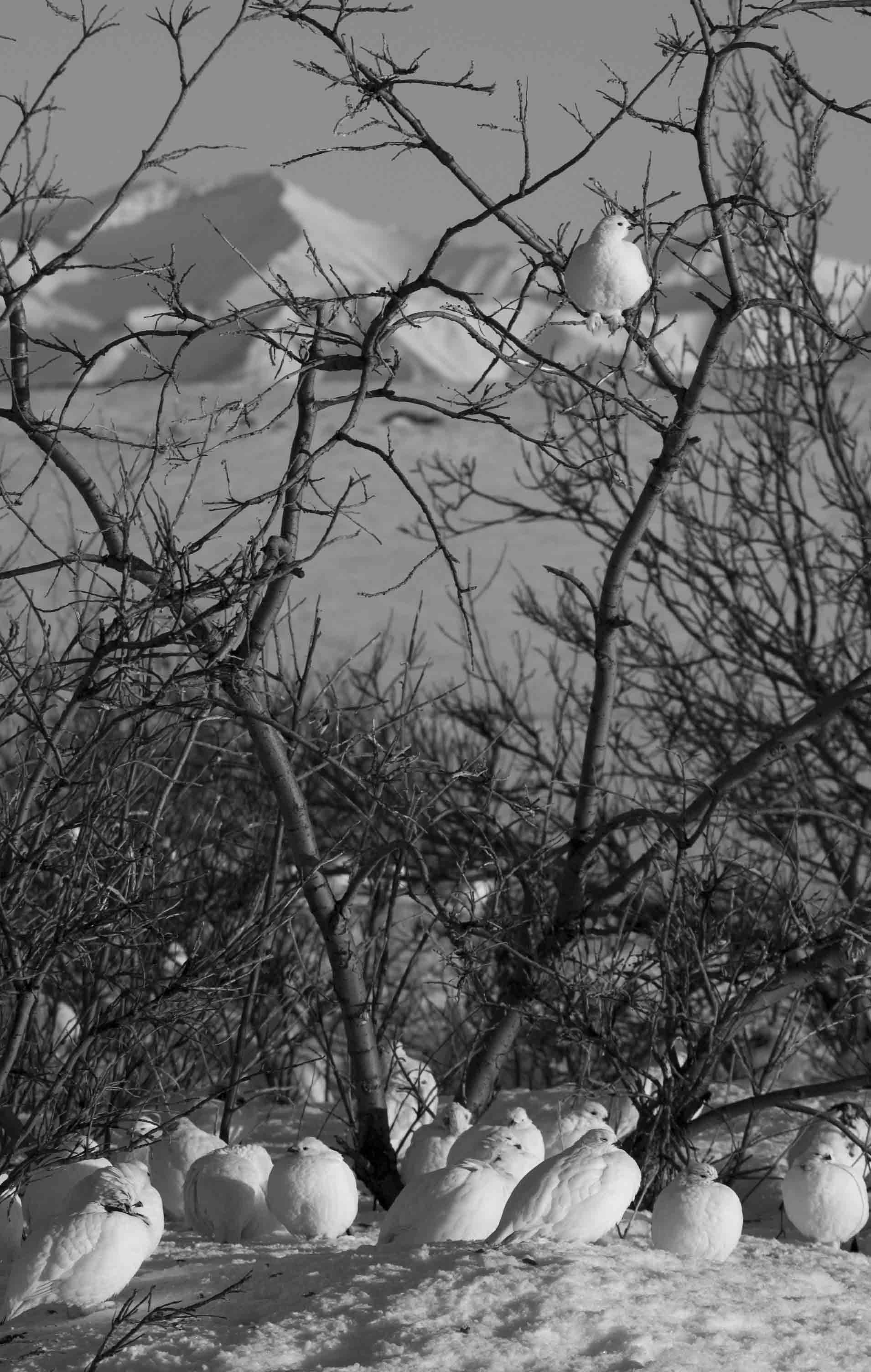Most of us who are involved in research related to climate change have been asked at one time or another to participate in public debates against skeptics of one sort or another. Some of us have even been cajoled into accepting. In the pre-YouTube days, I did one against the then-head of the American Petroleum institute at the U. of Chicago law school. Gavin did an infamous one against Crichton and company. People are always demanding that Al Gore debate somebody or other. Both Dave Archer and I have been asked to debate Dennis Avery (of “Unstoppable Global Warming” fame) on TV or radio more than once — and declined. It’s a no win situation. If you accept you give the appearance that these skeptics have something to say that’s actually worth debating about — and give their bogus ideas more publicity. If you decline there are all sorts of squawks that “X won’t debate!” or implications that scientists have declared “the debate” (whatever that is supposed to mean) prematurely closed when in fact it is “just beginning.”
Scientists tend to react badly to demands like this in part because the word “debate” is a rather poor description of the way disagreements get hashed out in science. John Ziman has a good discussion of the extent to which scientific questions are ‘debatable’ here (pdf). In a lawyerly debate, it is fair game for each side to pick and choose whatever argument has the most persuasive force with the audience, jury or judge, without any obligation to consider the force of counter-arguments except insofar as they affect one’s defense against the opponent. Science, in contrast, is a deliberative, cooperative, yet still competitive enterprise, where each side is duty bound to fairly consider all arguments and data that bear on the matter at hand. This is not to say that scientific disputes are necessarily dispassionate or orderly. Indeed, I’ve seen near-fistfights break out over things like the Snowball Earth and the interpretation of Neoproterozoic carbon isotope excursions.
The repeated challenges to debate are probably meant to imply that scientists — and their supporters, including Al Gore — are fixed in their ideas, unreceptive to the new and challenging, and unwilling to defend their ideas in public. This picture is hard to square with how scientists actually behave among themselves. It is not that scientists don’t debate, dispute, disagree about matters related to climate. All those things happen, but not on the subjects that skeptics like Inhofe or Fred Singer or Dennis Avery would like to debate (like whether global warming is mainly caused by CO2 or solar variability, or whether the IPCC warming forecasts represent a credible threat.). Those sorts of things are indeed considered settled science by serious climate scientists. Then, too, scientists are justifiably wary of being drawn into staged debates on such diffuse, ill-defined and largely meaningless topics as whether global warming counts as a “crisis.” In the war of the sound bites, the people who feel free to lie and distort can always win. David Mamet made this point eloquently in Bambi vs. Godzilla. A debate like that is not any kind of debate in the sense understood by scientists.
In fact scientists are probing theories and conceptions all the time, trying to break them. The best way to become famous is to overturn established wisdom, so scientists look hard all the time for opportunities to do this. The problem of Hothouse climate states like the Cretaceous and Eocene is a case in point.
[Read more…] about The debate is just beginning — on the Cretaceous!
 In Session C33A on Wednesday, Ken Tape of the University of Alaska presented a paper on the influence of ptarmigan grazing on shrubbification of the Alaskan tundra. It seems that when there is deep snow cover, ptarmigan browsing is concentrated on those few willows that stick up above the snow. They eat the buds, which inhibits willow growth. These tall willows are the ones that have managed to benefit most by climate warming, but the ptarmigan provide a stabilizing feedback, up to a point. An interesting thing is the ptarmigan don’t like to perch. 98% of the winter buds within a half meter of the snow surface get eaten, but only 48% of the buds above that browse level. So, if the shrubs grow fast enough to get above the browse level, they can beat the ptarmigans. This seems to be happening more and more.
In Session C33A on Wednesday, Ken Tape of the University of Alaska presented a paper on the influence of ptarmigan grazing on shrubbification of the Alaskan tundra. It seems that when there is deep snow cover, ptarmigan browsing is concentrated on those few willows that stick up above the snow. They eat the buds, which inhibits willow growth. These tall willows are the ones that have managed to benefit most by climate warming, but the ptarmigan provide a stabilizing feedback, up to a point. An interesting thing is the ptarmigan don’t like to perch. 98% of the winter buds within a half meter of the snow surface get eaten, but only 48% of the buds above that browse level. So, if the shrubs grow fast enough to get above the browse level, they can beat the ptarmigans. This seems to be happening more and more. The already-reeling "consensus" supposedly linking climate change to CO2 is about to receive its final coup-de-grace from a remarkable new result announced in a press conference today by Dr. Ewe Noh-Watt of the New Zealand Institute of Veterinary Climatology [1]. Noh-Watt and his co-workers, describing work funded by a generous grant from the Veterinary Climate Science Coalition, declared "We have seen the future of climate — and it is Sheep." Prof. Jean-Belliere Poisson d’Avril, star student of Claude Allegro Molto-Troppo (discoverer of the Tropposphere) reacted with the words, "Parbleu! C’est la meilleure chose depuis les baguettes tranchées!"
The already-reeling "consensus" supposedly linking climate change to CO2 is about to receive its final coup-de-grace from a remarkable new result announced in a press conference today by Dr. Ewe Noh-Watt of the New Zealand Institute of Veterinary Climatology [1]. Noh-Watt and his co-workers, describing work funded by a generous grant from the Veterinary Climate Science Coalition, declared "We have seen the future of climate — and it is Sheep." Prof. Jean-Belliere Poisson d’Avril, star student of Claude Allegro Molto-Troppo (discoverer of the Tropposphere) reacted with the words, "Parbleu! C’est la meilleure chose depuis les baguettes tranchées!"